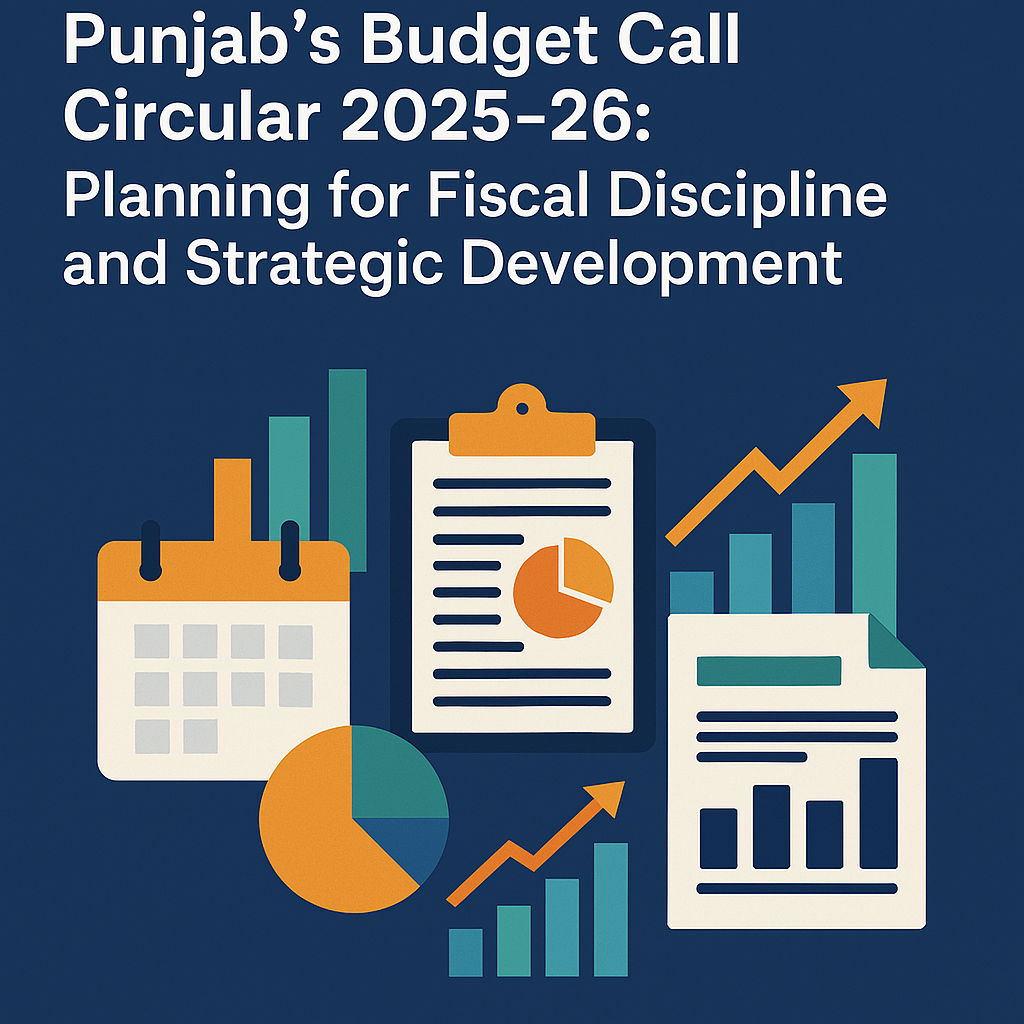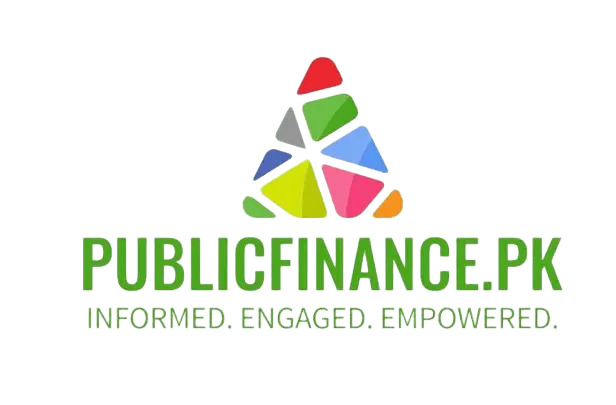
Introduction
The Budget Call Circular (BCC) is a critical document in Punjab’s budgetary process, serving as a blueprint for the formulation of the upcoming fiscal year’s budget. The BCC for FY2025–26, issued by the Punjab Finance Department, outlines the requirements for preparing budget proposals, timelines, and priorities for both current and development expenditures. This article offers a thorough analysis of the circular, identifies its strengths and limitations, and suggests improvements for a more transparent, participatory, and efficient budget process.
Key Components of the BCC 2025–26
The BCC consists of three main sections:
- Section I: Budget Calendar
- Section II: General Guidelines
- Section III: Budget Preparation Forms & Instructions
1. Budget Calendar: Structured Timelines
The budget calendar lays out detailed activities, responsible entities, and deadlines from October 2024 through June 2025. Key features include:
- Medium-Term Budget Planning: Departments are to submit estimates for FY2025–26 and projections for FY2026–27 and FY2027–28.
- Pre-Budget Consultations: Scheduled with MPs, journalists, experts, and civil society organizations to promote participatory budgeting.
- Budget Strategy Paper (BSP): Finalized by April 2025 and presented to the Provincial Cabinet.
This phased schedule improves accountability and aligns resources with government priorities.
2. General Guidelines: Emphasis on Integration and Inclusion
The BCC strongly promotes:
a. Integrated Budgeting via Joint Priorities Committee (JPC)
- Merges current and development budgets under a single ceiling.
- Ensures alignment with medium-term development goals.
b. Gender Responsive Budgeting (GRB)
- Requires departments to integrate gender goals, indicators, and impacts into their proposals.
- Introduces BCC-S3-GRB, a checklist to institutionalize gender mainstreaming.
c. Development Planning Focus
- Departments must ensure 35% allocation to South Punjab.
- Prioritizes ongoing and near-completion projects.
- Encourages identification of PPP-based initiatives (especially five projects from major departments).
d. ADP Rationalization
- New schemes must not exceed 15% of allocations.
- Projects should link directly to the Punjab Growth Strategy and target marginalized groups.
3. Budget Preparation Forms: Detailed and Structured
The BCC provides detailed instructions and templates for various budget components:
| Form | Purpose |
| BM-I | Receipt estimates |
| BM-II | Permanent expenditure estimates |
| BM-III/A | Pay & allowance details for sanctioned posts |
| BM-IV | Schedule of New Expenditure (SNE) proposals |
| BM-V to BM-VII | Re-appropriations, supplementary & revised estimates |
| BM-VIII | ADP scheme-wise estimates |
| BCC-S3-GRB | Gender budgeting checklist |
These forms demand granular data, including historical performance, financial impact assessments, and gender-disaggregated reporting.
Strengths of the BCC
- Medium-Term Orientation: Enhances fiscal predictability and policy continuity.
- Gender Sensitivity: Gender budgeting is built into departmental planning.
- Development Equity: Emphasis on South Punjab and backward districts promotes equitable growth.
- Clarity and Accountability: Deadlines, formats, and responsibilities are clearly defined.
- Link to Strategy: Projects must relate to approved strategies and provide logical justifications.
Identified Gaps and Areas for Improvement
1. Limited Public Accessibility
While pre-budget consultations are noted, there is no mandate to publish budget proposals or ceiling allocations, reducing transparency.
2. Lack of Digital Integration
Though Excel forms are downloadable, the system remains largely manual and paper-based, risking delays and data integrity issues.
3. Inadequate Performance Measurement
Although form-based submissions are detailed, there is no embedded performance or output/outcome framework to measure value for money.
4. Overcentralized Budget Control
Decision-making remains top-heavy. More fiscal autonomy to districts and DDOs would enhance responsiveness.
Recommendations
- Create an Online Budget Submission Portal
- A secure, automated system for submitting forms, tracking progress, and monitoring approvals.
- Public Disclosure of Budget Ceilings
- Publish department-wise ceilings and justifications to enhance transparency and public oversight.
- Introduce Output-Based Budgeting
- Require departments to link spending with measurable service delivery outcomes.
- Expand Capacity Building
- More training for DDOs and budget officers on digital tools, gender budgeting, and medium-term frameworks.
- Institutionalize Participatory Budgeting
- Regularly engage CSOs, academia, and local governments during both formulation and monitoring phases.
The Punjab Government’s BCC 2025–26 is a comprehensive, forward-looking document that emphasizes fiscal discipline, development planning, and social inclusion. However, to fully harness its potential, it must evolve toward greater transparency, digital integration, and results-based performance. These refinements will ensure not just the efficient use of public funds, but also a budget that truly reflects the needs and priorities of the people it serves.
